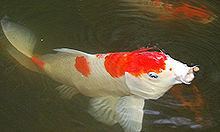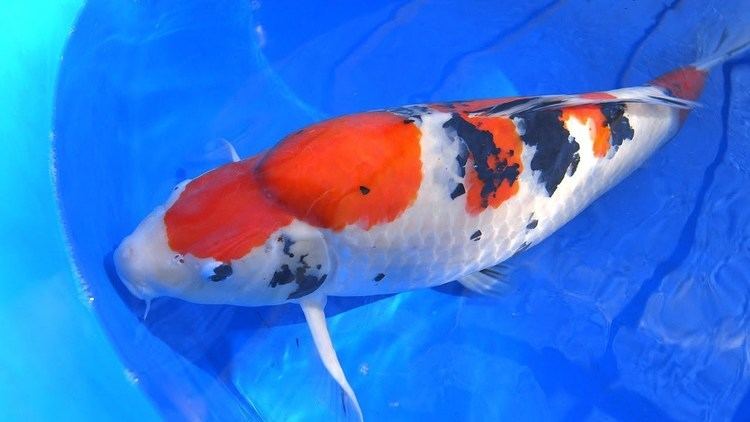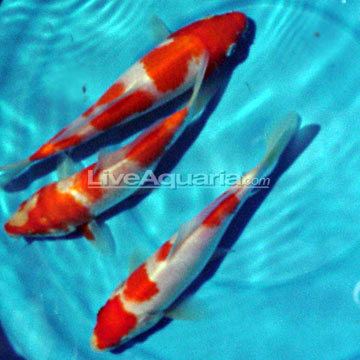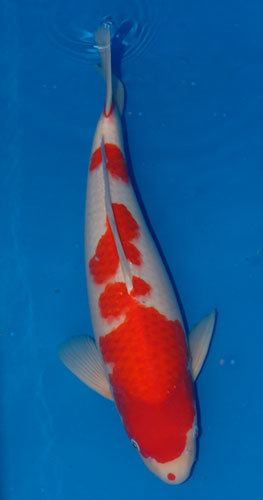Scientific name Cyprinus carpio Rank Breed | Phylum Chordata Species C. carpio Higher classification Koi | |
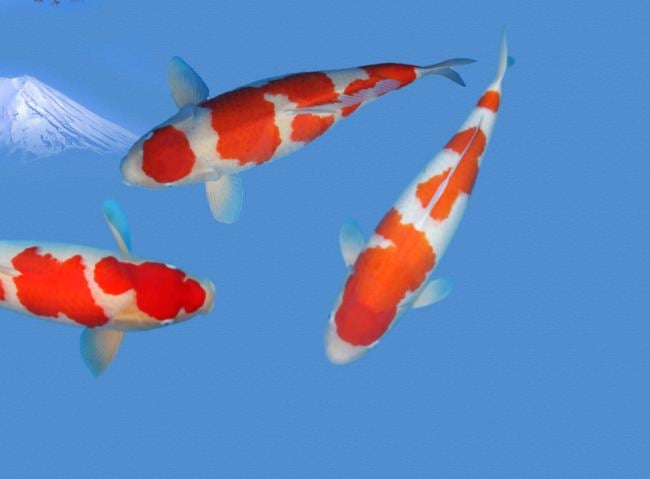 | ||
Similar Showa, Koi, Butterfly Koi, Shubunkin, Oranda | ||
Kohaku (紅白 (kōhaku, "red and white")) is a variety of ornamental koi (carp). The Kohaku has a white (shiro) body, with red (aka) markings, or 'hi', across the body. The Kohaku is one of the gosanke; the ‘Big Three’, consisting of Kohaku, Sanke, and Showa.
Contents

The Kohaku breed is believed to be one of the first ornamental carp varieties developed. The variety dates to 1888, when a man named Kunizo Hiroi bred a red-headed female koi with one of his own males, whose markings resembled cherry blossoms, thus creating the now extinct Gosuke bloodline from which all of the known Kohaku bloodlines established (Tomoin, Sensuke, Yagozen, Manzo). Today, the Tomoin and Yagozen are the two remaining major Kohaku bloodlines in Japan. The Kohaku remains one of the most popular breeds in Japan. The bright red markings are known as hi (緋).
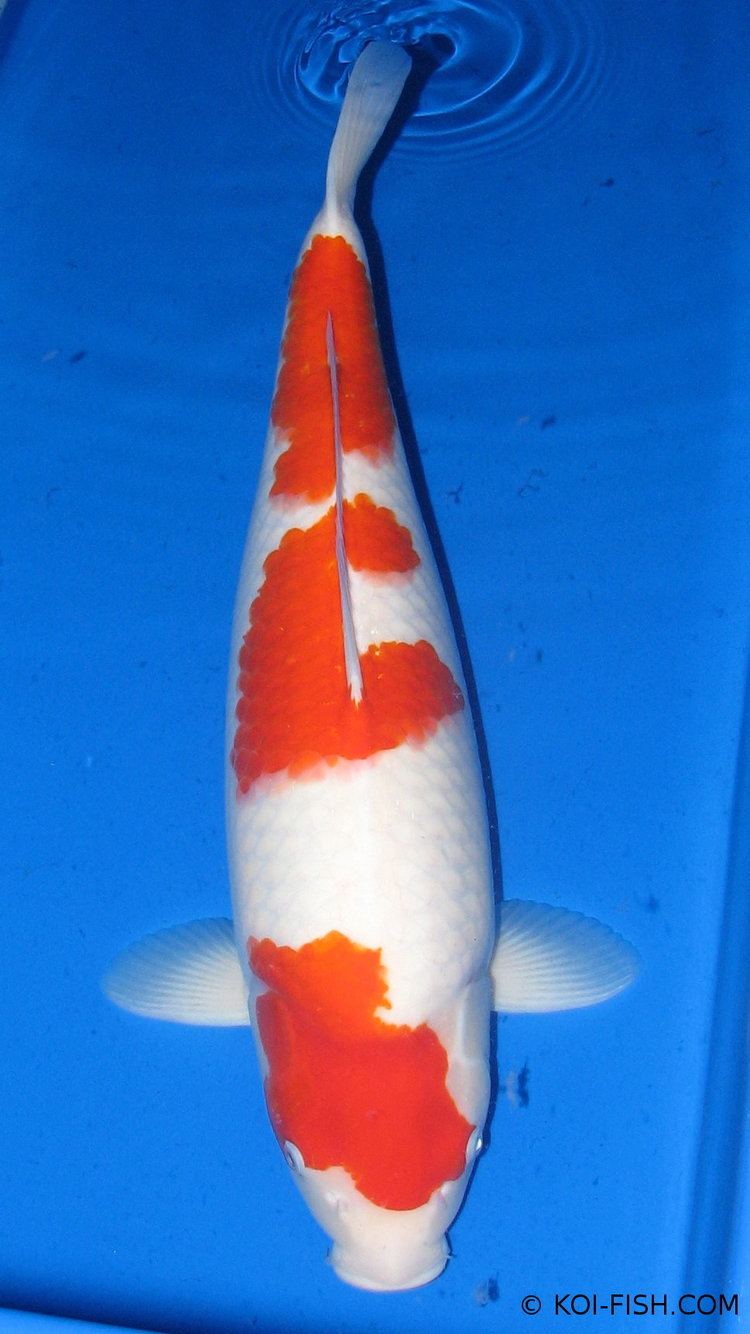
Characteristics
Kohaku are bred to have the following characteristics:
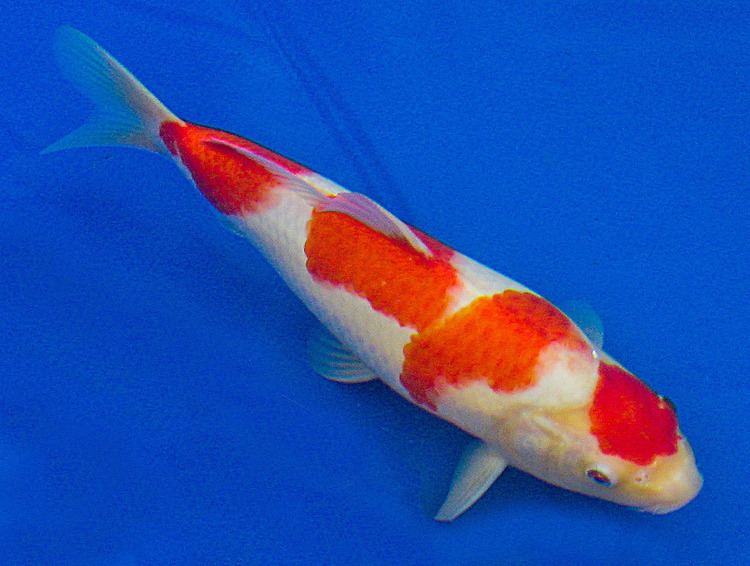
- The hi (red markings) should be bright, and the colour should be even across the whole of the body. The hi should not have white scales within them (this is considered a serious fault). The markings should be balanced, although not strictly symmetrical.
- The edges of the hi should be well defined. The edges are never as sharp near the head as they are near the tail, but they should still be of a good standard.
- The hi should not extend past the eyes, not into the fins, but this standard is not strictly adhered to.
- The hi should not extend past the lateral line. This requirement dates from a time then all koi were viewed in a pond from the top. Fish bred to be kept in tanks may not necessarily adhere to his standard.
- The hi should not spread beyond the nostrils, nor should it extend to the tail fin.
- There must be hi on the head of the fish. Fish without hi on the head are called bozu (坊主, bōzu), which refers to the shaven head of a buddhist monk: this is considered a fault.
Standards
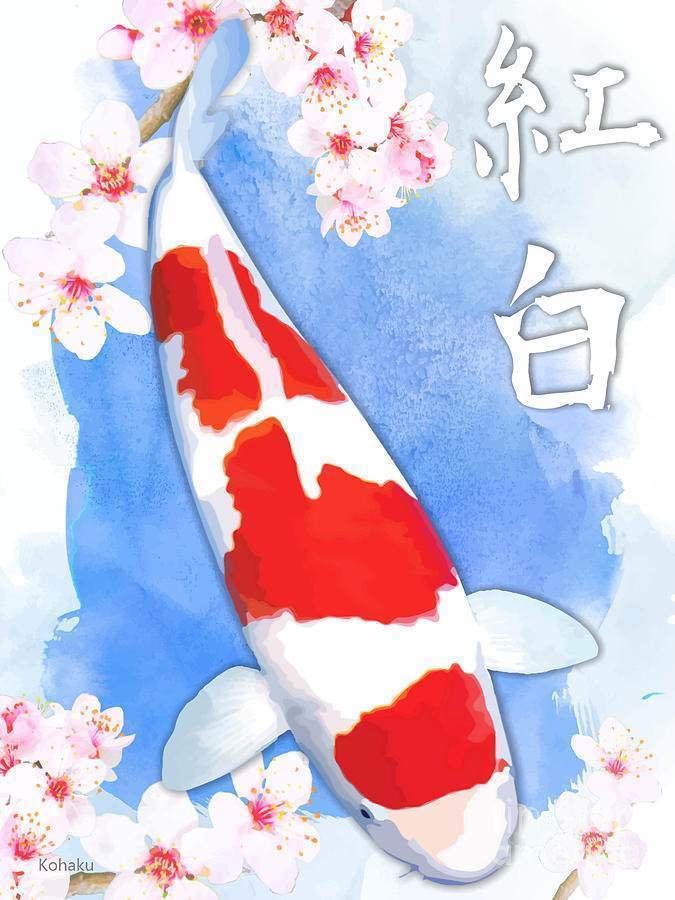
These are Japanese exhibition standards, and fish purchased simply for display in private homes or to be kept as pets, do not necessarily adhere to these standards. There are a number of words used to describe the markings on a kohaku:
